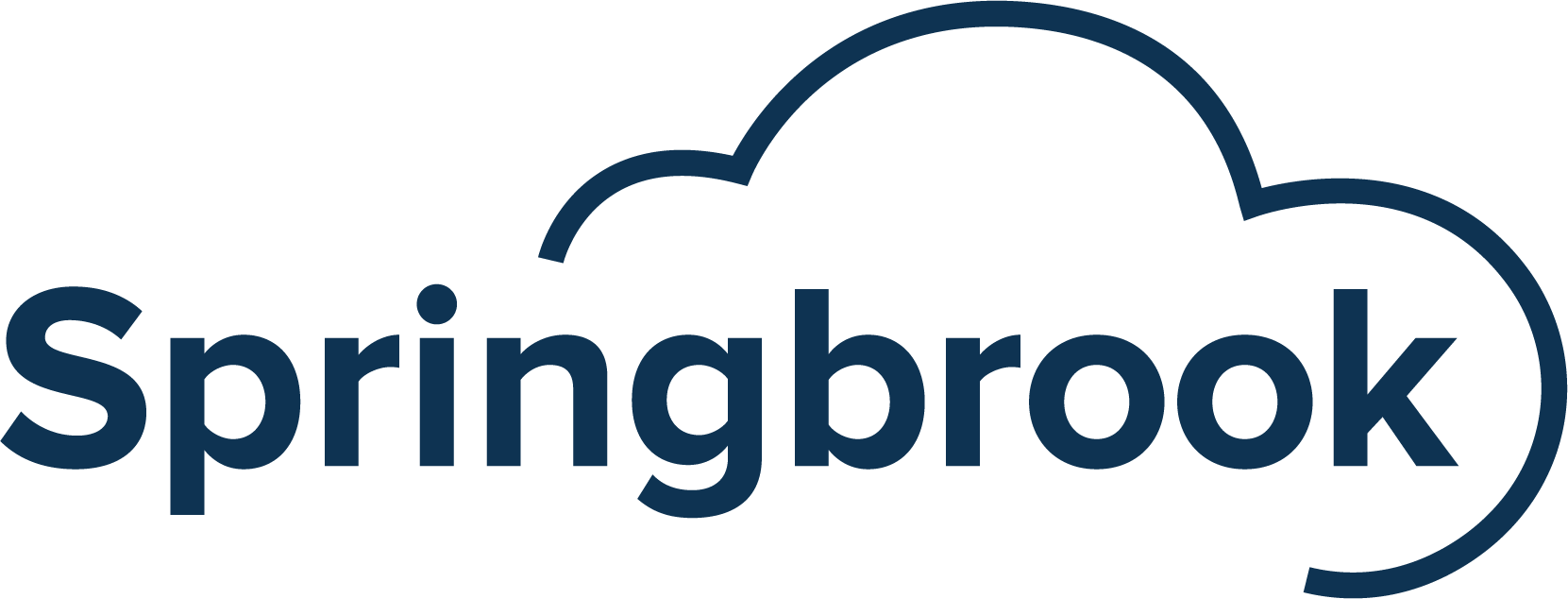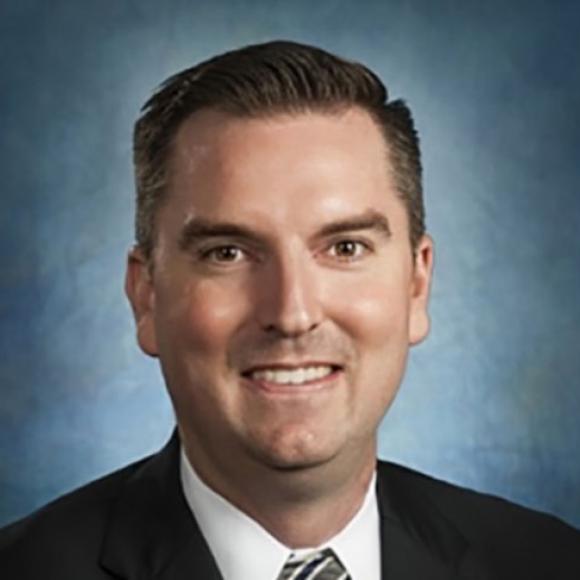Dr. Justin Marlowe is a Research Professor in the University of Chicago, Harris School of Public Policy. His research and teaching are focused on public finance, with emphasis on public capital markets, infrastructure finance, state and local budgeting, and financial disclosure. He currently serves as Editor-in-Chief of Public Budgeting & Finance.
Dr. Marlowe has authored or edited four books – including the first open-access textbook on public financial management – and more than 50 academic articles
Springbrook? Are there any differences between the 2020 CARES Act and 2021 American Rescue funding?
Dr. Marlowe: In some ways, however one is not a duplicate of the other. Both are large infusions of cash with instructions that vary in specificity albeit with many similarities. If you’re a recipient of the 2021 plan you’re going to have to face some of the same challenges as the 2020, including making sure that spending categories are aligned with the way the federal government is going to expect reporting on these funds. You’ll find these basic kinds of challenges in both. Guidance is going to be ongoing between what’s permitted at some level from an IT/technical standpoint in terms of those kinds of expenditures.
Springbrook: What was learned from the 2020 plan that factors into the 2021?
Dr. Marlowe: There is now a lot of emphasis upfront on flexibility in spending rules. Certain portions of these 2021 dollars can be used in just about any way a city or county sees fit, and this is much clearer.
By contrast there are specific types of spending constraints in the second round that are not being covered by first round. For example, I came across a story of a local government agency that used the first round of funds to pave a road to a hospital and called that “public health spending.” This is a clear case of asking for forgiveness not permission. The first-time round CapEx and OPEX expenditures were defined in a basic way, this time it’s much clearer and there are more capital dollars. The initial goal was to provide state and local municipalities the support they needed to continue operating at that moment of crisis.
Springbrook: It seems that there was confusion (as well as a deep level of understanding) that led to creative interpretations of putting those dollars to work.
Dr. Marlowe: Part of the challenge is that the rules and guidance evolved over time and too much was subject to interpretation. Confusion may not be the right word, it’s more appropriately a question: “how comfortable are you with ambiguity?” Some jurisdictions saw the ambiguity and tapped the brakes. Others leaned into it.
Springbrook: This begs a philosophical argument: Should you take advantage of ambiguity because you can, knowing it’s probably not the correct application of the original intent, and does this align with our concept of governing?
Dr. Marlowe: We discuss these things in fiscal federalism all the time as we seek to understand the interchange between levels of government and their financial relationships. Ultimately there are strings attached to everything.
Springbrook: We have heard from our customers that there are caveats to using the money based on population size and other limiting factors. It appears that the first round of money was earmarked for larger jurisdictions: Why?
Dr. Marlowe: This is correct with the CARES act dollars; specifically, larger jurisdictions were identified as having the most immediate needs as the COVID crisis unfolded. The goal was to distribute dollars to larger jurisdictions, on the assumption that most of the immediate public health and fiscal crisis was concentrated in more populated areas. With the American Recovery Plan, the goal is to target relief where it’s most needed. That’s why a key criterion for distributing those dollars is the local government’s share of total unemployed people in the state. It has been acknowledged that smaller towns were left out the first round and that the second round is designed to accelerate recovery, and this is an important shift.
Springbrook: What guidance would you provide to agencies struggling with getting this money?
Dr. Marlowe: A couple of things; it’s important to know the pass-through agencies that are serving local agencies: regional council of governments or regional planning agencies. In most states there is some sort of liaison with the state department of commerce or economic development council or in some cases through university extension agents. All these folks are developing training materials because this is a very decentralized program and who you speak with will determine what dollars you are talking about. It will vary from place to place.
Springbrook: Has the money served as a catalyst for pet wants or actual needs?
Dr. Marlowe: Depends on your perspective. There are a lot of people on the political right who are saying local revenues are starting to come back in cities like Chicago and St. Louis, both with terrible histories of profligate spending, and that those cities don’t need the money. This “spending for all the wrong reasons” leads to the assessment that the Fed is just feeding this tendency. They believe if federal spending to support local efforts is necessary, then local governments should be able to demonstrate that a specific project would not have happened anyway.
By contrast, some on the left say states and localities are in for a long-difficult slog as they recover from Covid, so any and all federal support is value added. As one example, many county governments that could actually take important programs and people out of mothballs because of the funding. This represents a perspective that feels the funding was the way to go and actually represents new value-added spending.
Springbrook: So politicization makes this into an ideological question.
Dr. Marlowe: Correct. There are 85,000 local governments in the US. Each of them experienced Covid a bit differently. To say “all local governments spend too much” or “all local governments need as much help as they can get” oversimplifies the situation, perhaps to fit a simple ideological narrative. The one empirical observation, regardless of that ideological lens, is that the infusion of all the relief funds has stabilized all local budgets to some degree. This helps big cities to forestall layoffs that could hinder recoveries.
Springbrook: What will be perceived as the biggest effect of the CARES Act money and the pandemic?
Dr. Marlowe: There’s a few things. First and foremost, it has accelerated some trends, especially in the IT space. Local governments were the last to allow for large scale work from home scenarios. One of the impediments was clearly that the IT systems to support this weren’t in place and there was a tremendous amount of hand wringing on letting this happen. Overnight the problem had to be solved. This is being remediated by making investments in ERP systems that enable this. This also provides access to a wider and different talent pool. We are seeing that state and local government is being fast forwarded from the 1990’s into the 21st century.
Springbrook: Do you feel that this money will have to be well documented/justified in the future and may be audited?
Dr. Marlowe: We just don’t know yet. If the 2009 recovery program is any indication, it’s that there was surprisingly very little by way of expanded oversight or changes to oversight on state and local dollars. When those recovery act dollars flowed in, we thought it would be a game changer on oversight, by and large it wasn’t.
Springbrook: What about oversight?
Given how hastily CARES Act dollars were put together I would be surprised if there was anything permanent in terms of more robust oversight. However, this could open the door because there’s been a debate for some time whether state and local reporting should more closely resemble public company reporting. According to the Tower Amendment to the SEC the Fed cannot regulate and oversee state and local government spending. What you get are 50 different systems for 50 different states, and that leads to lots of variation in how states and local governments do financial reporting.
Springbrook: Do most agencies have the reporting capabilities to manage this possible task?
This scenario is compounded by the financial reporting capabilities of most local government agencies that are firmly stuck in the 1990’s. Folks in the financial sector are surprised at the condition of local government financial reporting. There has been a push for state and local government financial reporting to be more readily accessible, using XBRL for example. It would not surprise me that if one thing does come out of the relief funding it will be an attempt by the federal government to try and bring state and local government to into a much more formalized and standardized reporting model. There may be an appetite for this at the state and local level and that’s an indirect but powerful result.


